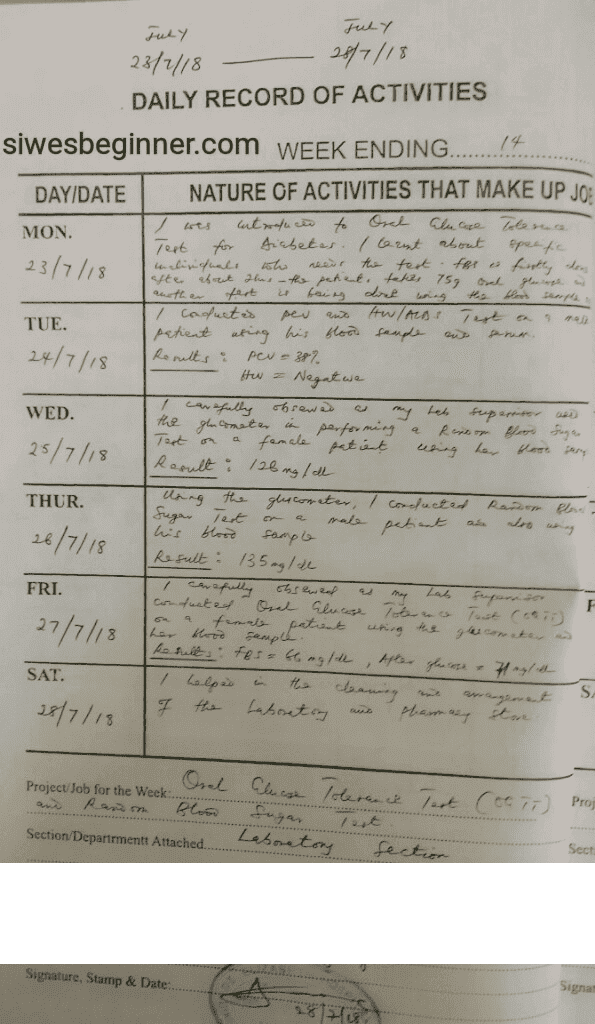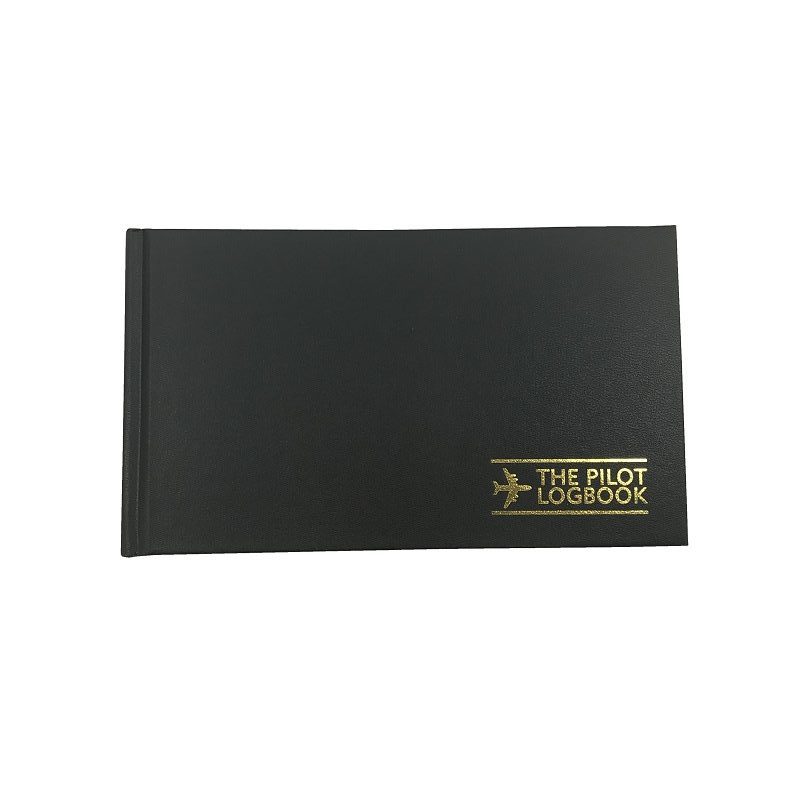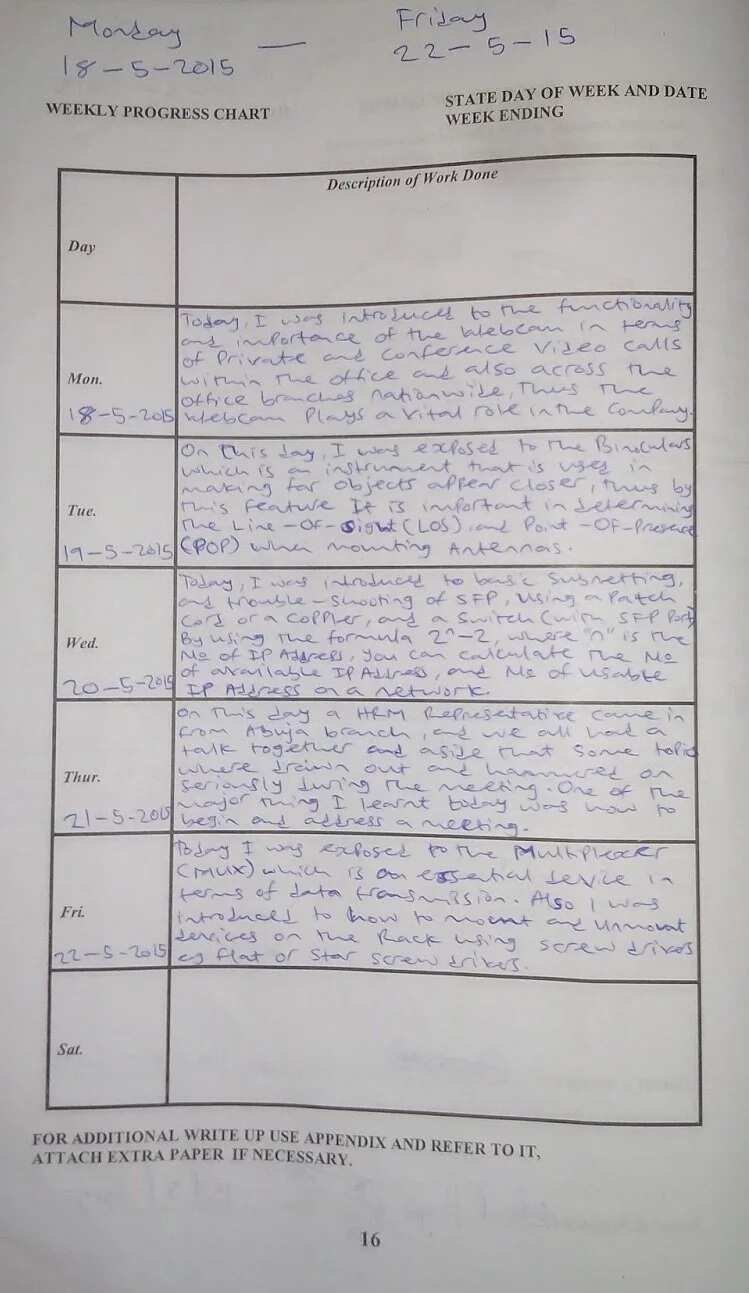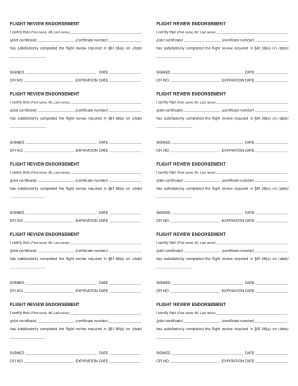

If you’re undergoing flight training or pursuing advanced ratings, accurately document your training flights. This information showcases your experience and the conditions under which you flew.

Include details about flight conditions, such as day or night, visual flight rules (VFR) or instrument flight rules (IFR), and the type of operation (e.g., single-pilot or multi-pilot). FLYLOG.io allows you to record all required flight time categories such as total time, pilot-in-command (PIC), instrument time, night time, and cross-country time. If you are unsure - consult the details with your flight instructor. Understand the definitions and criteria for each category and calculate your time accordingly. Accurately record all necessary information for each flight. When making logbook entries, provide specific details such as the flight date, aircraft registration, total or block time of the flight, departure and destination airports. Include Essential Information in Your Logbook Whether it’s the FAA in the United States, EASA in Europe, TCA in Canada, CASA in Australia, or another local authority, ensure you meet their guidelines. Understand Regulatory Requirements for Logbook Entriesįamiliarise yourself with the specific logbook requirements set by the aviation authority in your country or region. In this comprehensive guide, we’ll walk you through the process of correctly filling out your pilot logbook, ensuring compliance and facilitating future needs such as licence renewals, job applications, and insurance claims. The case is one of the reasons for that line in my signature block.As a pilot, maintaining an accurate and up-to-date logbook is crucial for complying with regulatory authorities and managing your flight records. I have always wondered whether the guy ever got his certificates back.

The pilot went through the NTSB appeals process with the end result that the FAA's 30-day suspension was upheld - and would continue indefinitely until the logbooks were presented. The FAA suspended all of his certificates and ratings for the sole reason that he refused to present his logbook for inspection.

In the process of investigating the incident, the FAA asked for his logbook he refused. A CFI was involved in a gear-up while giving a flight review. There was an interesting case a few years ago. Before you hook on too much to "reasonable," NTSB cases define that word as simply meaning that "compliance presents no undue or inappropriate burden" on the pilot. But once you log something, the FAA can inspect it, so long as the request is reasonable. True, you only have to log for currency and qualification. Click to expand.Your opinion, not necessarily the FAA's.


 0 kommentar(er)
0 kommentar(er)
